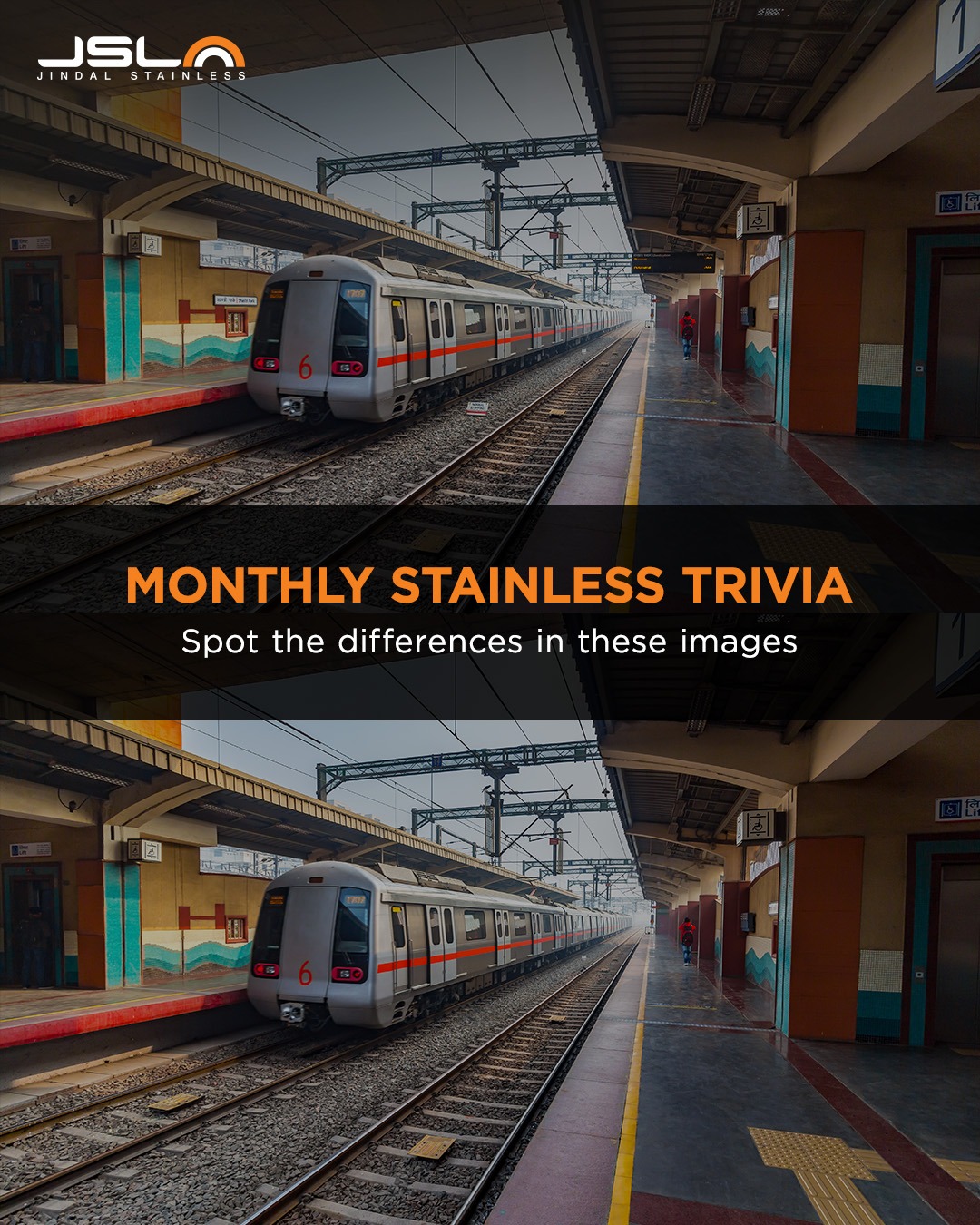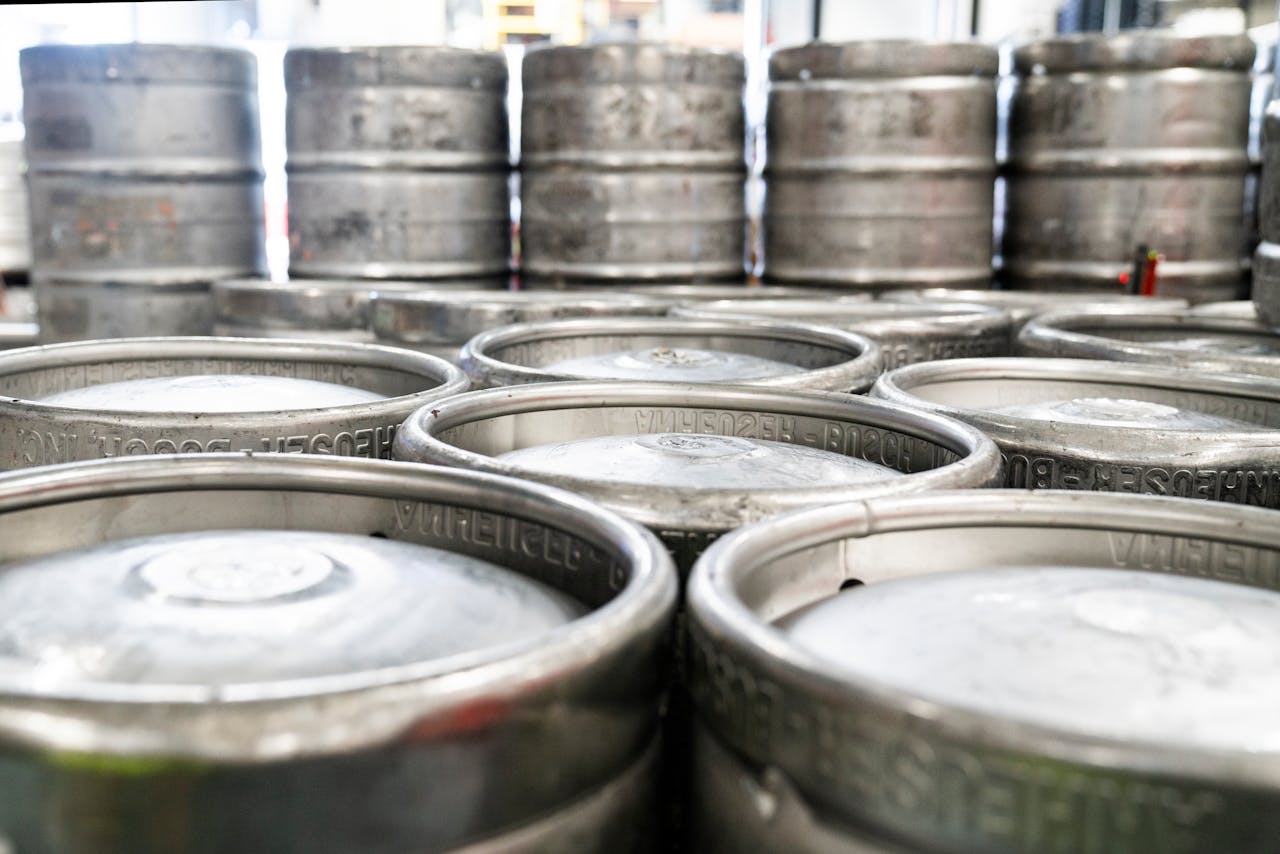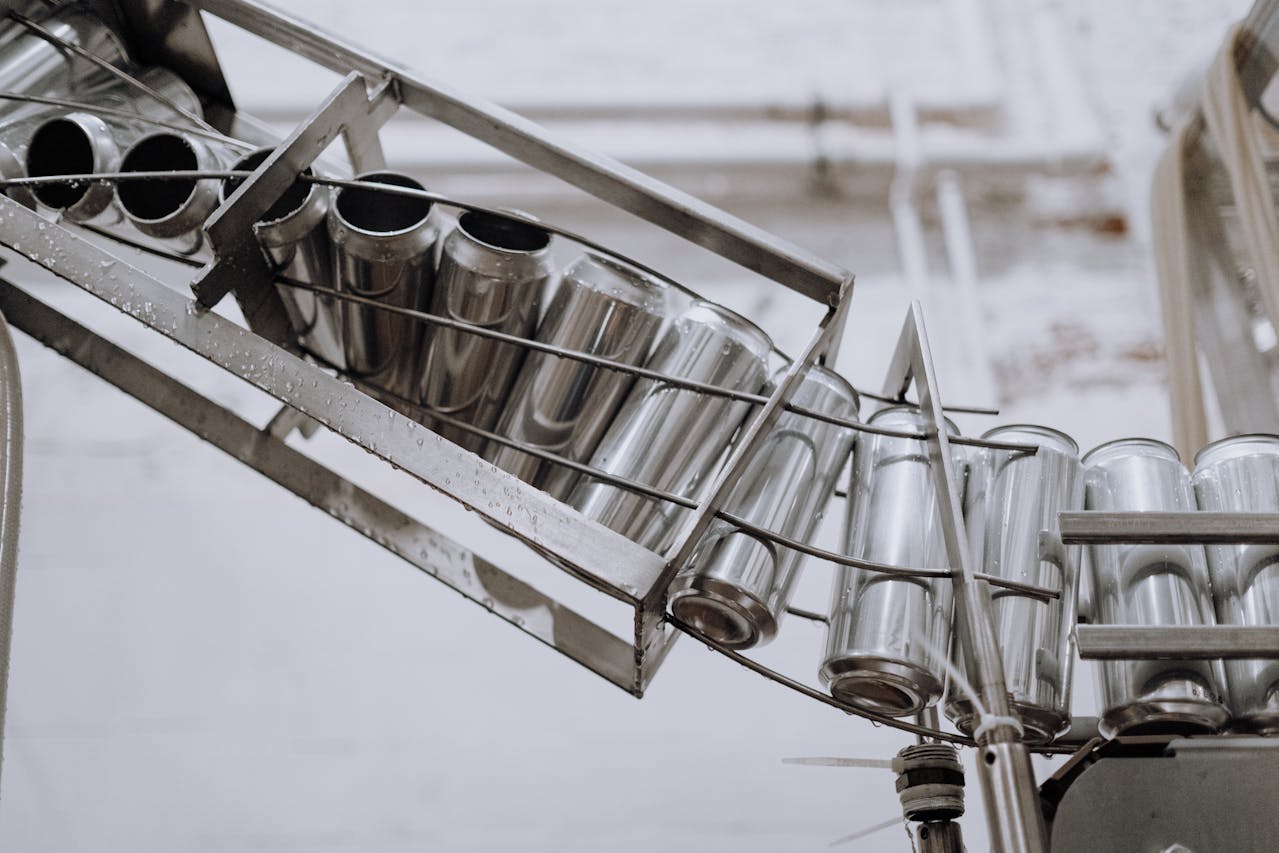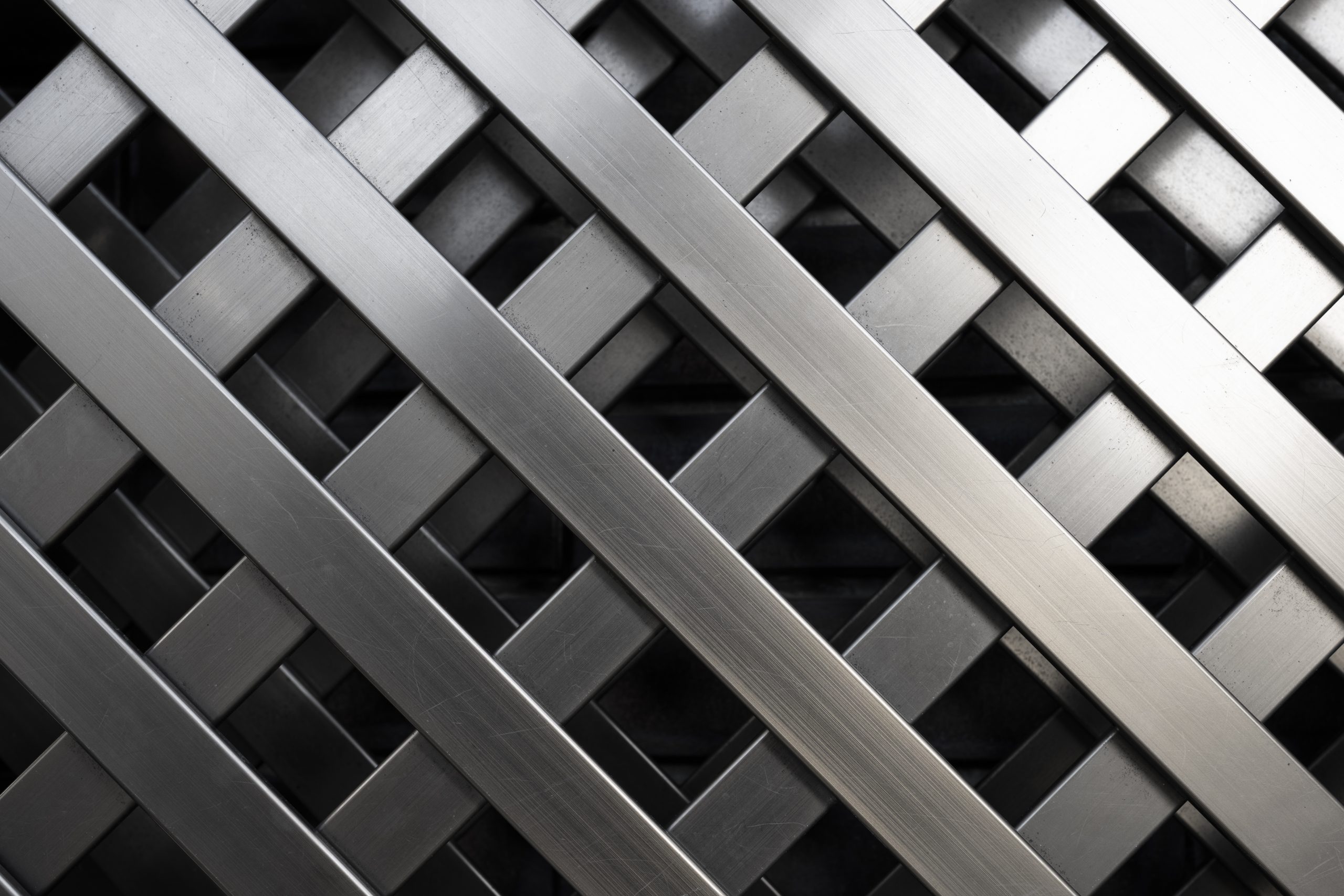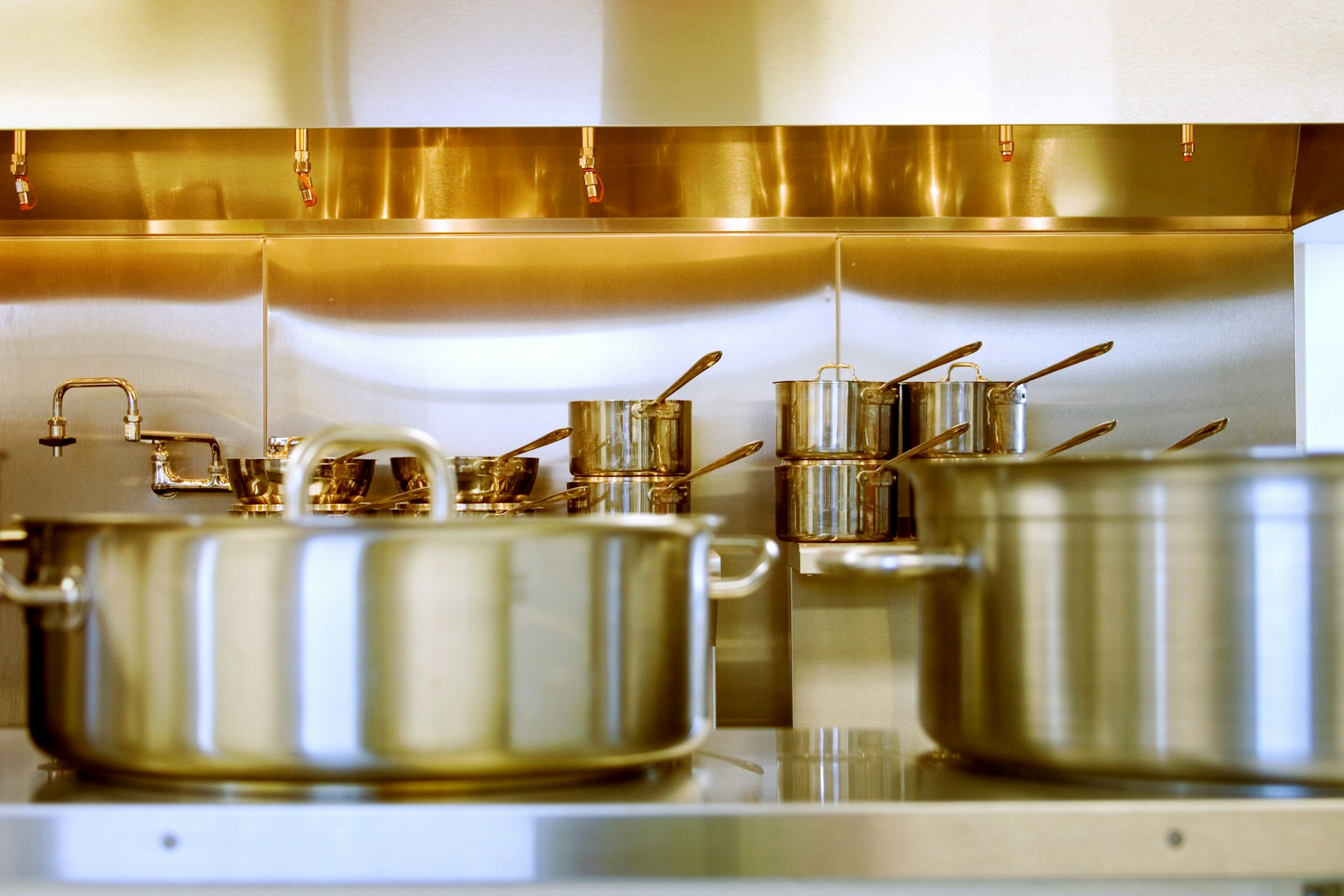Types of Stainless Steel: Everything You Need to Know
January 25, 2025
Stainless steel is everywhere, from the utensils we use to the towering structures we admire. Its resistance to corrosion, appealing aesthetics, and strength make it a favourite among other alloys and materials.
However, every industry has different requirements, and to fulfil these requirements, other alloying elements are added to enhance stainless steel’s structure and properties, such as ductility, formability, strength, and more. This guide will walk you through everything you need to know about the different types of stainless steel and why recognising these distinctions is important for choosing the right material for your project!
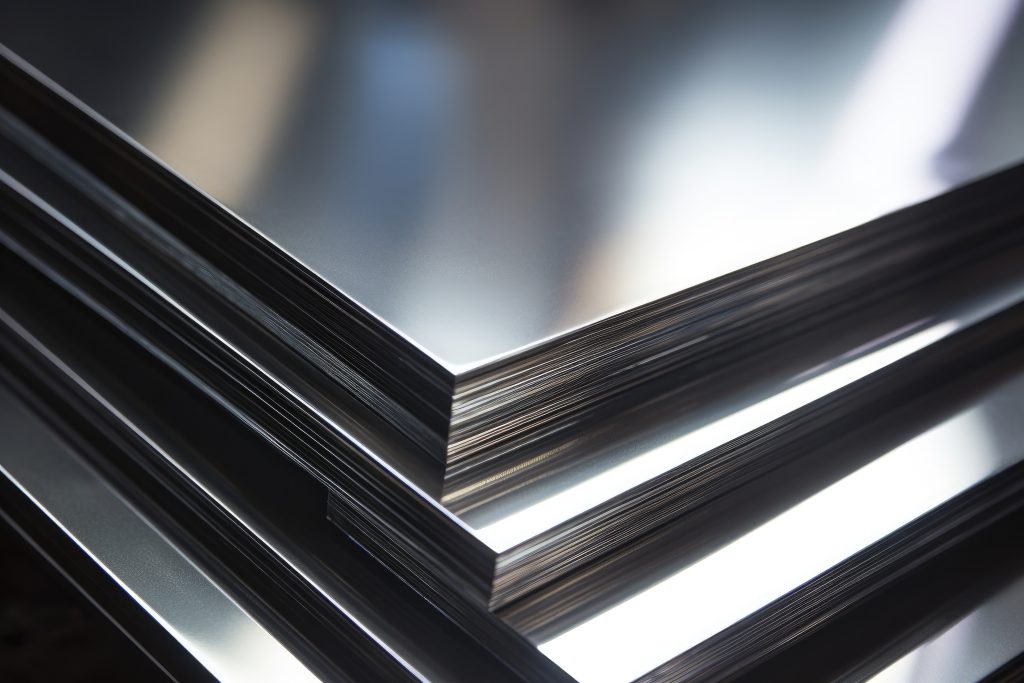
Why It’s Good to Know the Different Types of Stainless Steel
Knowing about the different types of stainless steel is important because each kind has unique features owing to the changes in the composition of metals and other materials.
For example, the healthcare industry will require stainless steel tools and implants that won’t rust, can be cleaned easily, and are safe to use. Similarly, the aerospace industry requires lightweight yet super-strong stainless steel to make things like aeroplane components.
Picking the right kind and grade of stainless steel promises long-lasting products and ensures top-notch quality.
Main Types of Stainless Steel
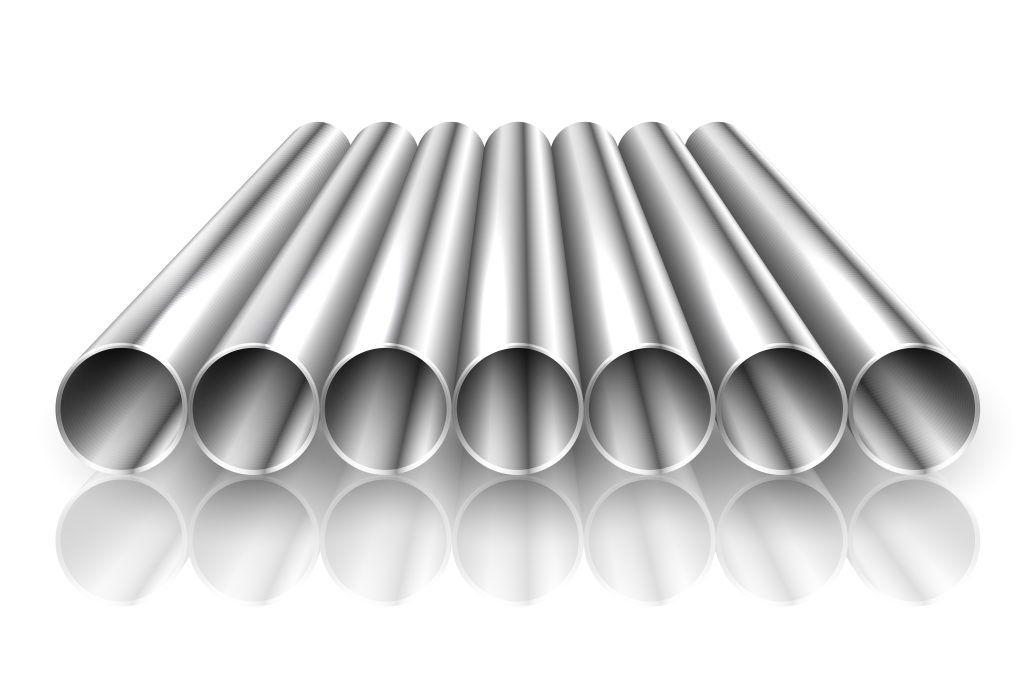
Stainless steel categories can be broadly classified into four main groups. These classes of stainless steel are Austenitic, Ferritic, Martensitic and Duplex stainless steel. Below, we break down the characteristics, applications, and compositions of these primary classes of stainless steel.
| Type of Stainless Steel | Applications | Key Characteristics | Composition |
| Austenitic Stainless Steel | Washing machines, Cutlery, Automotive, and Food and Beverage industries. | High corrosion, non-magnetic, tough | Cr (14-26) %Ni (0.4 – 28) %Mn (0.8 – 11)%N – upto 0.025% |
| Martensitic Stainless Steel | Knife blades, turbine blades, surgical instruments, fasteners, shafts | High strength, resistance to abrasion and erosion, magnetic | Chromium (11.5-18%), relatively high carbon Carbon (0.05-0.55%) |
| Ferritic Stainless Steel | Exhaust systems, appliances, heat exchangers | Corrosion-resistant, magnetic, heat-tolerant | Chromium (10.5-27%), very low carbon |
| Duplex Stainless Steel | Oil & gas, marine, chemical processing | High-strength, High Corrosion resistance | Chromium (21-26%), Nickel (1.4-8%), nitrogen (0.05-0.3%) |
Austenitic Stainless Steel
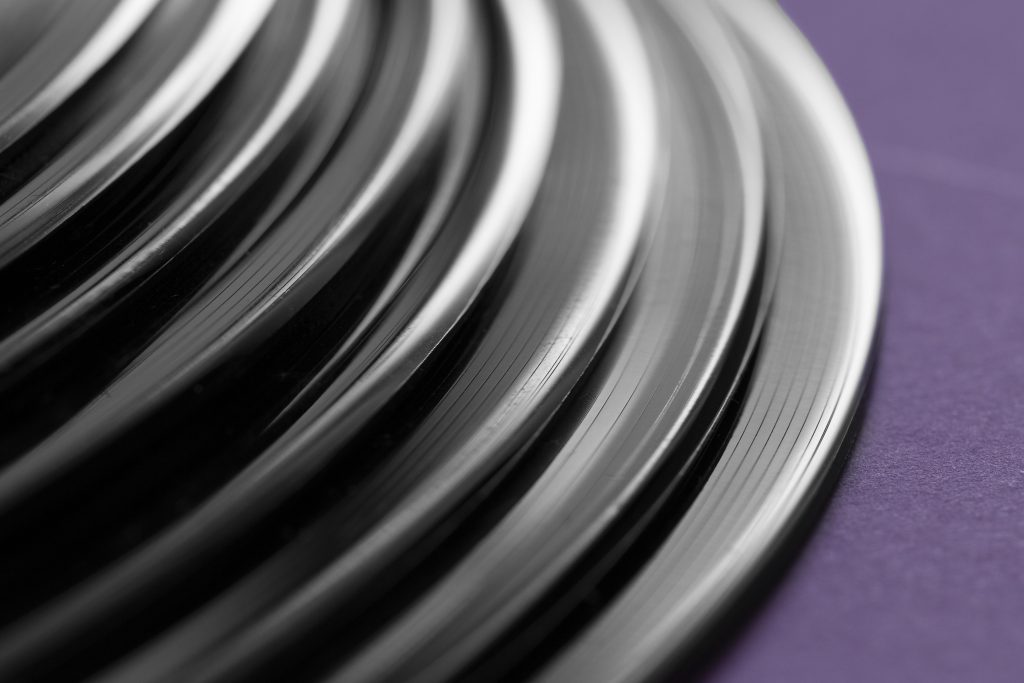
Austenitic stainless steel is the most widely used type of stainless steel. Its standout feature is its excellent atmospheric rust resistance, making it a favourite for many applications. This stainless steel category is particularly easy to bend, mould, and cut into various shapes due to its flexibility. The reason for its impressive characteristics comes from its composition, which is that it has a higher nickel and chromium content compared to other types of stainless steel. Austenitic stainless steel also handles extreme temperatures, both hot and cold, which makes it the go-to material for a lot of food processing and storage equipment, where maintaining purity and avoiding rust is crucial.
It is further divided into two sub-categories – Chromium-Nickel (300 series) and Chromium-manganese (200 series).
It is typically used in deep-drawn kitchen equipment, furniture, bins, coal buckets, wear plate liners and hoppers, cookware & serving bowls, window channel spacers, structural frames for trailers, buses and rail cars, etc.
Ferritic Stainless Steel
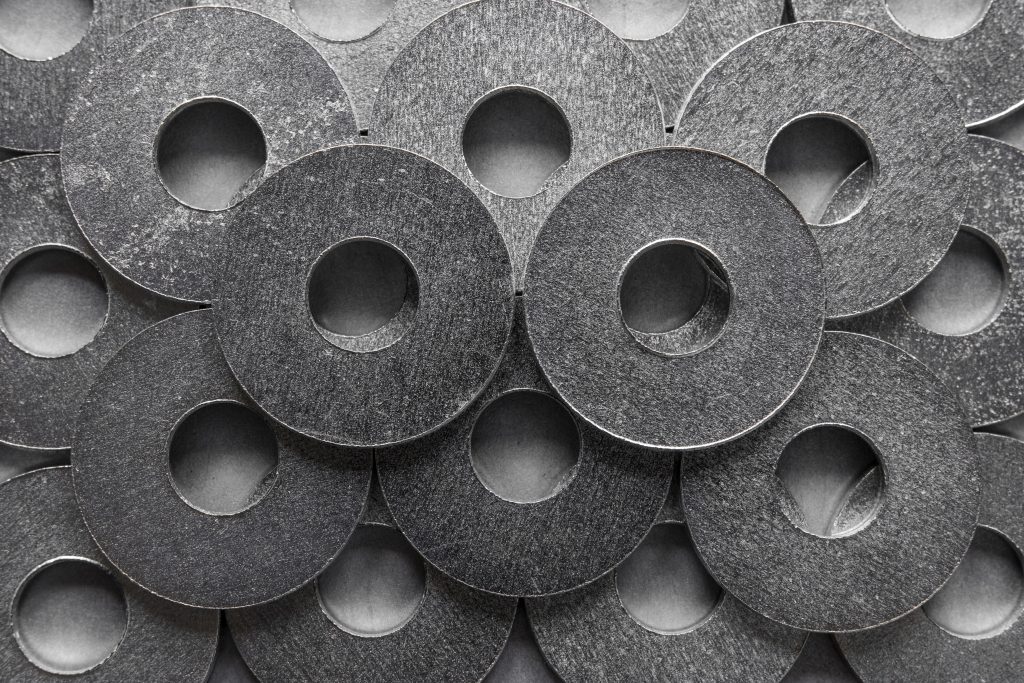
Ferritic stainless steel might not be as well-known as austenitic stainless steel, but it’s still very important. This stainless steel type typically has higher quantities of Chromium (10.5 to 27%) and Iron, which makes it magnetic and comparatively cheaper than the other categories.
But cheaper doesn’t mean worse. It’s perfect for tough jobs like coin mints, outdoor panels or making car exhaust systems that have to last outdoors without costing too much.
Martensitic Stainless Steel
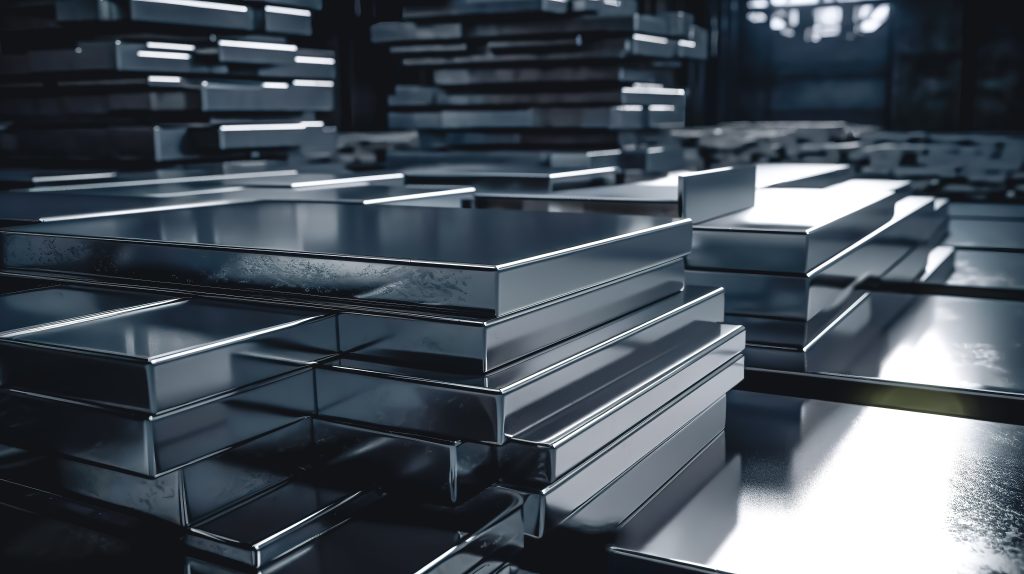
Martensitic stainless steel stands out for being both strong and versatile. This type of stainless steel undergoes a special heat process that changes its structure, allowing it to be customised for different needs. By carefully controlling the heating and cooling times, these stainless steel categories can be made incredibly hard and brittle, which means they can hold a sharp edge but might break if hit hard. On the other hand, with a slightly different heat treatment, they can become softer yet much tougher, meaning they can withstand more impact without breaking.
This unique ability to alter their hardness and toughness makes martensitic stainless steel type ideal for making a variety of tools and items that require a sharp edge and high strength. Cutting tools like knives and scissors, as well as surgical instruments used in medical procedures, benefit from this type of stainless steel. Because they can be made extremely sharp and also durable, they provide reliability and efficiency in both kitchen and surgical settings.
Duplex Stainless Steel
Duplex stainless steel is an exceptional material that combines the strengths of two other kinds of stainless steel: Austenitic and Ferritic. This combination creates a super stainless steel that boasts impressive strength and a remarkable ability to resist rust. Some of its grades may also include molybdenum (1 to 5%), nitrogen (0.05 to 0.3%), manganese (up to 6%), copper (up to 2%), and tungsten (up to 1%).
Duplex stainless steel is often used in demanding applications like big structures that need to hold up a lot of weight and also withstand the harshness of seawater, such as oil rigs, water treatment plants, and marine platforms. This category of stainless steel is made up of two different structures that work together to make it both stronger and less likely to crack under pressure in places where rust could be a problem. This makes it a reliable choice for critical projects where regular stainless steel varieties might not hold up as well.
Understanding these different grades of stainless steel will help you know which grade will be perfect for your project. These grades provide a range of strengths and properties for different applications.
